Understanding Privileged Access Management (PAM) and Its Importance
August 8, 2024
|
Duration:
8
min READ
%20and%20Its%20Importance.avif)
Privileged Access Management (PAM) is a component of cybersecurity with the main objective of enforcing the principle of least privilege. By implementing PAM, organizations ensure that only authorized users and systems have the necessary permissions to perform specific tasks, minimizing the risk of unauthorized access and potential security breaches.
This blog post provides a background on PAM, its role within cybersecurity, its benefits, and real-world use cases.
What is Privileged Access Management (PAM)?
Privileged Access Management refers to the cybersecurity discipline and its associated technologies that manage and secure access and activities associated with privileged accounts, credentials, and secrets within an organization. Privileged accounts are those that have elevated permissions to access files, databases, network configurations, and other critical infrastructure components that present higher security risks.
The central goal of PAM is establishing least privilege, which can be defined as the restriction of access rights and permissions to the absolute minimum required to accomplish authorized, routine activities. PAM falls under the broader Identity and Access Management umbrella and is widely considered as one of the most important security projects for reducing cyber risk, addressing compliance initiatives (like NYDFS), and qualifying for cyber insurance.
Key Elements of PAM
PAM aims to protect against the threats posed by the misuse or theft of privileged credentials, including both internal threats and external attacks. It involves controlling, monitoring, and auditing all privileged access within an organization. Key elements of PAM include:
- Credential Management: Securely managing the credentials that allow elevated access, often through tools that automate password generation, storage, and rotation.
- Access Control: Ensuring that individuals and services have only the access necessary for their current role and duties, enforcing the principle of least privilege.
- Session Management and Monitoring: Overseeing and recording activities undertaken during any session in which privileged access is used, allowing for real-time monitoring and post-event forensics.
- Audit and Compliance: Providing tools to track the use of privileged access in support of compliance with regulatory requirements and internal security policies.
What are Privileges?
In the context of IT and cybersecurity, privileges refer to the specific rights or permissions granted to users or systems to perform certain actions or access resources. These privileges determine what a user can or cannot do within a system, such as reading or modifying files, executing programs, or accessing network resources. Higher privileges, often granted to administrators or superusers, allow for more extensive control over systems and data making their secure management of critical importance.
How Privileges are Managed
Privileges are managed through a combination of policies, tools, and processes, including role-based access control (RBAC) and PAM solutions. Regular audits, continuous monitoring, and periodic access reviews also work to ensure privileges are compliant with security standards and follow the principle of least privilege.
Types of Privileged Accounts
Accounts with privileged access can range from non-IT superusers to administrative accounts and everything in between. Examples of privileged accounts commonly include:
- System Administrators: Accounts that have permission to manage system settings, install software, configure system parameters, etc.
- Active Directory and Domain Administrators: Accounts with permission to manage workstations, services, users, groups, and policies within a domain
- Application Administrators: Accounts used by applications to access databases, run batch jobs or scripts, configure and manage application settings and user permissions, etc.
- Service Accounts: Accounts used by applications or services to interact with the operating system or other applications, often with elevated permissions
- Emergency/Break glass/Backup accounts: Unprivileged accounts with administrative access to secure or recover systems in the event of an emergency
- Database Administrator Accounts: Accounts that manage databases, capable of altering data and database schema, managing database users, and performing other high-level database functions.
- Network Device Accounts: Accounts used for managing network devices such as routers, switches, and firewalls. These accounts are often able to change network configurations that can affect the entire network.
- Cloud Administrator Accounts: Accounts that manage cloud-based resources and services. They can control scaling, network configurations, and security settings across cloud environments.
- Privileged User Accounts: Regular user accounts that have been granted administrative privileges. These might be used by IT staff to perform tasks such as system maintenance, backups, or software installations.
- Application Accounts: Accounts specifically used by applications to access databases, run batch jobs, or interact with other applications. They often have elevated privileges within the scope of their required functions.
One interesting evolution within privilege access is the rise of machine identities. These identities, such as applications, services, and IoT devices, add a deeper level of complexity by expanding the scope of identities that need secure management.
The Difference Between Privileged Accounts and Privileged Credentials
Privileged credentials are authentication details (like usernames, passwords, or tokens) that grant elevated access to critical systems, applications, or data. These credentials can be associated with human identities, applications, service accounts, and more. They enable the execution of tasks that standard user credentials cannot perform.
In contrast to privileged accounts, privileged credentials are the authentication mechanisms while privileged accounts are the entities that use these credentials to gain enhanced access and perform high-level functions. Proper management of both is crucial for maintaining security and minimizing risks of unauthorized access.
The Role of PAM in Cybersecurity
PAM plays a crucial role in an organization’s broader cybersecurity strategy by providing enhanced control, management and monitoring of privileged accounts.
Top Privileged Risks and Threats
Organizations today face privileged risks and threats from a variety of outlets, including:
- Insider Threats: Employees or contractors that misuse their privileged access, either maliciously or negligently.
- Siloed Tools and Processes: Modern IT environments often run off a multitude of platforms, with each one generally managed separately leading to inconsistent administration.
- Credential Theft: Attackers use phishing, malware, or brute force to steal privileged user credentials.
- Lateral Movement and Privilege Escalation: Attackers move across the network to access other systems and escalate privileges after gaining initial access.
- Third-Party Access: Third-party vendors with privileged access can be a weak point if their security is compromised.
- Inadequate Monitoring and Auditing: Lack of real-time monitoring and incomplete logs allow malicious activities to go unnoticed.
- Weak Password Policies: Use of weak or default passwords and lack of multi-factor authentication (MFA) for privileged accounts.
- Shared and Unmanaged Accounts: Shared accounts make it hard to track individual activities, and unmanaged accounts are not regularly reviewed or updated.
Key Benefits of Privileged Access Management
The greater the privilege associated with user or account, the greater the risk. Implementing privilege access management works to both minimize the risk of potential breaches and limit the scope of a breach if one were to occur.
The benefits of PAM include:
- Operational efficiency: PAM streamlines the management of privileged accounts, reducing the administrative burden and ensuring that access is granted based on the principle of least privilege
- Reduced attack surface: By limiting privileges for people, processes, and applications and monitoring their activities, the number of potential entry points for bad actors are diminished
- Streamlined compliance: PAM assists in meeting various regulatory requirements and standards (such as GDPR, HIPAA, and PCI-DSS) by providing detailed audit trails and access controls.
- Meeting cyber insurance requirements: Implementing PAM is one of the top requirements for an organization to be eligible for cyber insurance.
Real-World Use Cases for Privileged Access Management
Privileged Access Management (PAM) is critical in securing and managing access to an organization's sensitive information and systems. Here are some common use cases with real-world examples:
- Securing Administrator Accounts: PAM solutions enforce strong authentication, monitor sessions, and restrict access based on roles to prevent unauthorized use of administrator accounts
- Third-Party Vendor Access: A company working with an external firm can use PAM to grant limited-time access to their systems. This access is tightly controlled, monitored, and automatically revoked after the job is done, ensuring that vendors cannot access sensitive data beyond their required tasks. A great example of why this is important can be found in the infamous 2014 Target breach.
- Cloud Infrastructure Management: Organizations using cloud services (e.g., AWS, Azure, GCP) implement PAM to manage privileged accounts that can provision, modify, and delete cloud resources. This helps prevent accidental or malicious changes that could lead to data breaches or downtime.
- DevOps Environments: PAM can control access to code repositories and deployment environments. This ensures that only authorized developers can push changes to production, reducing the risk of introducing vulnerabilities or unauthorized changes.
While these are higher-level use cases, they help demonstrate how critical PAM is to maintain a secure organization.
In Conclusion
With the complexity of modern IT environments, effective Privileged Access Management (PAM) is more important than ever. By implementing PAM solutions, organizations can mitigate a wide range of cybersecurity threats, enhance operational efficiency, and ensure compliance with regulatory standards.
Authors

No items found.
No items found.
No items found.
.svg)





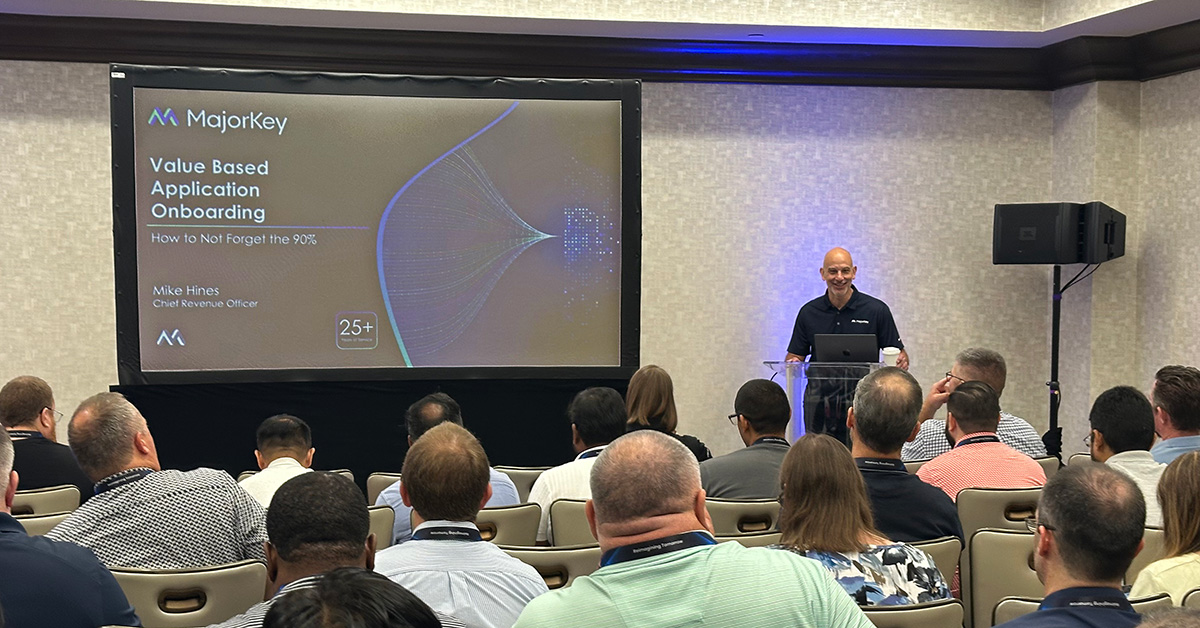



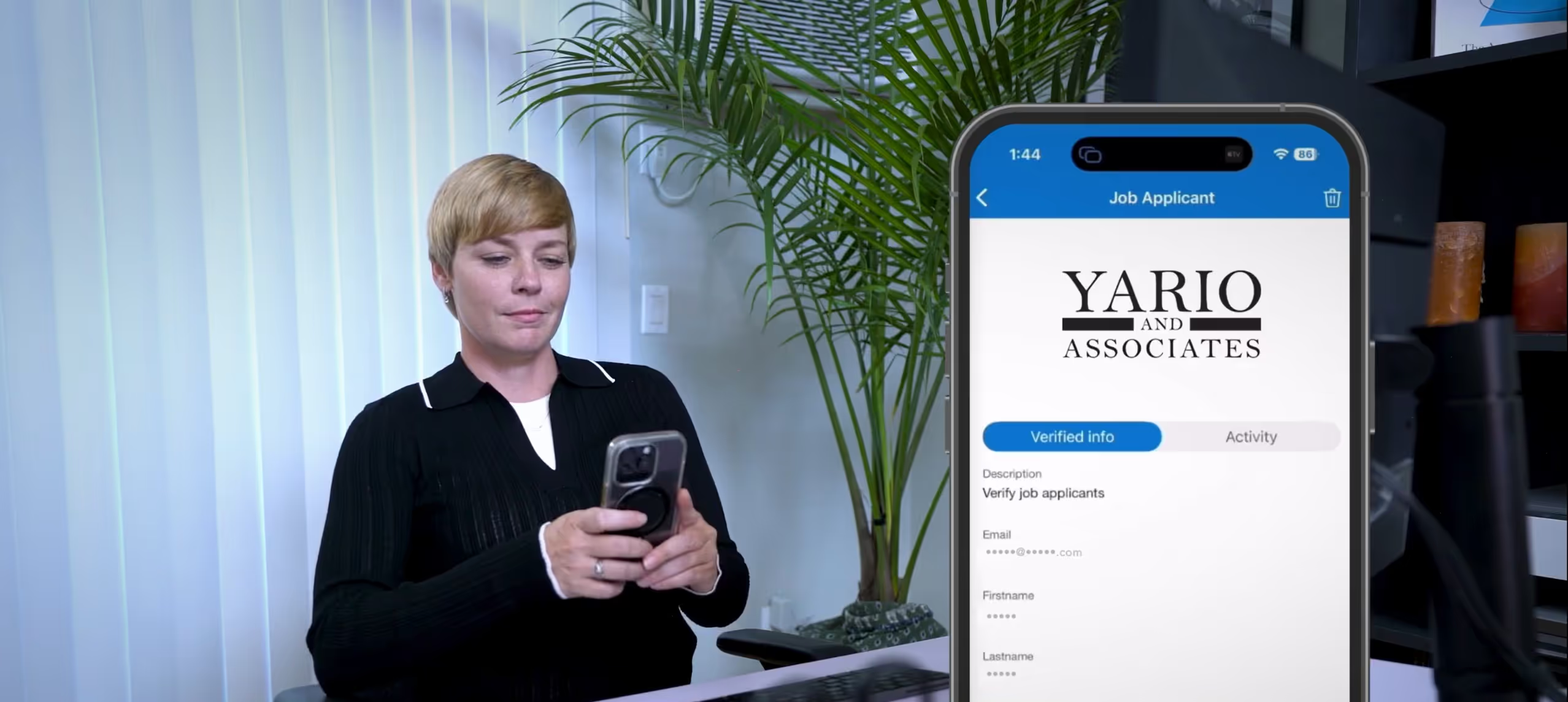



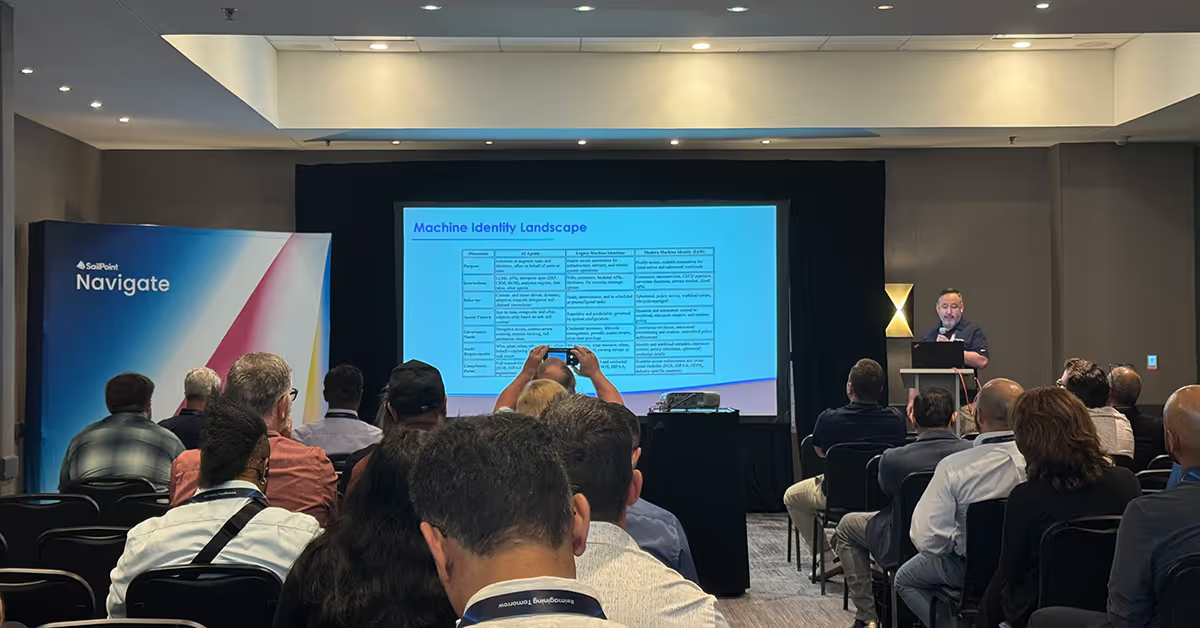
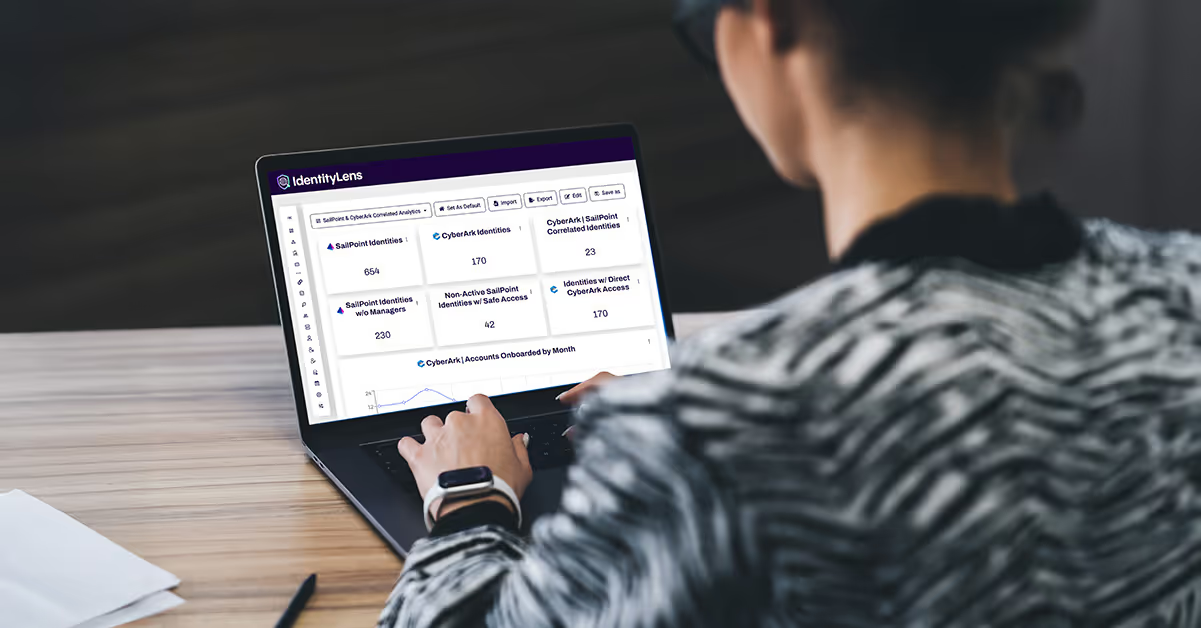
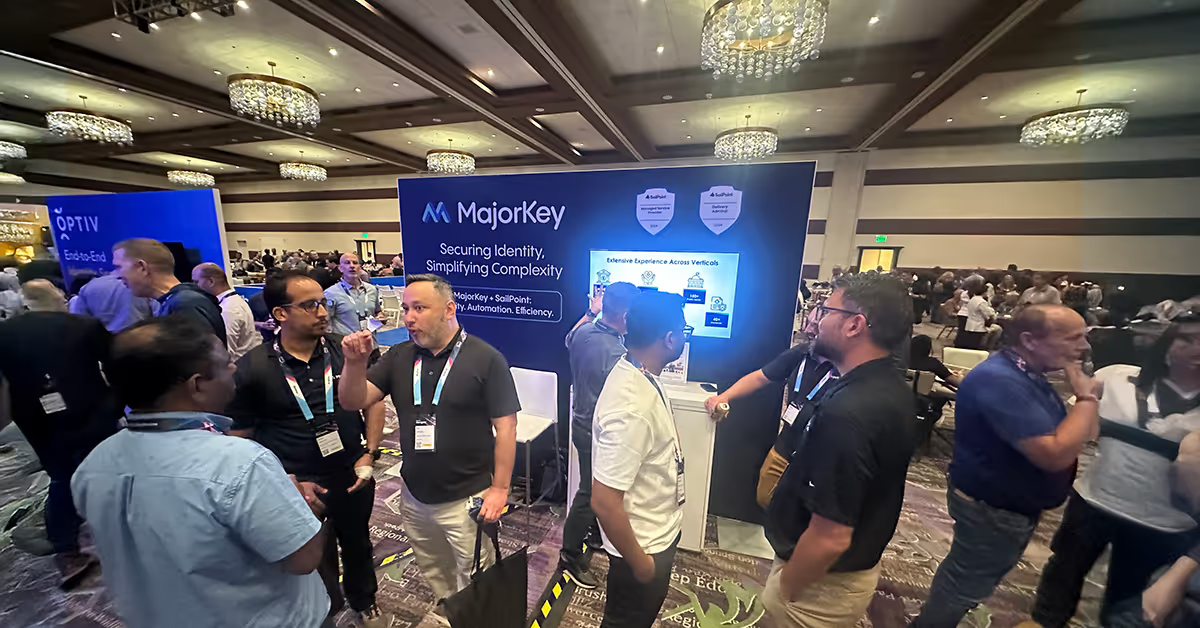



.svg)
